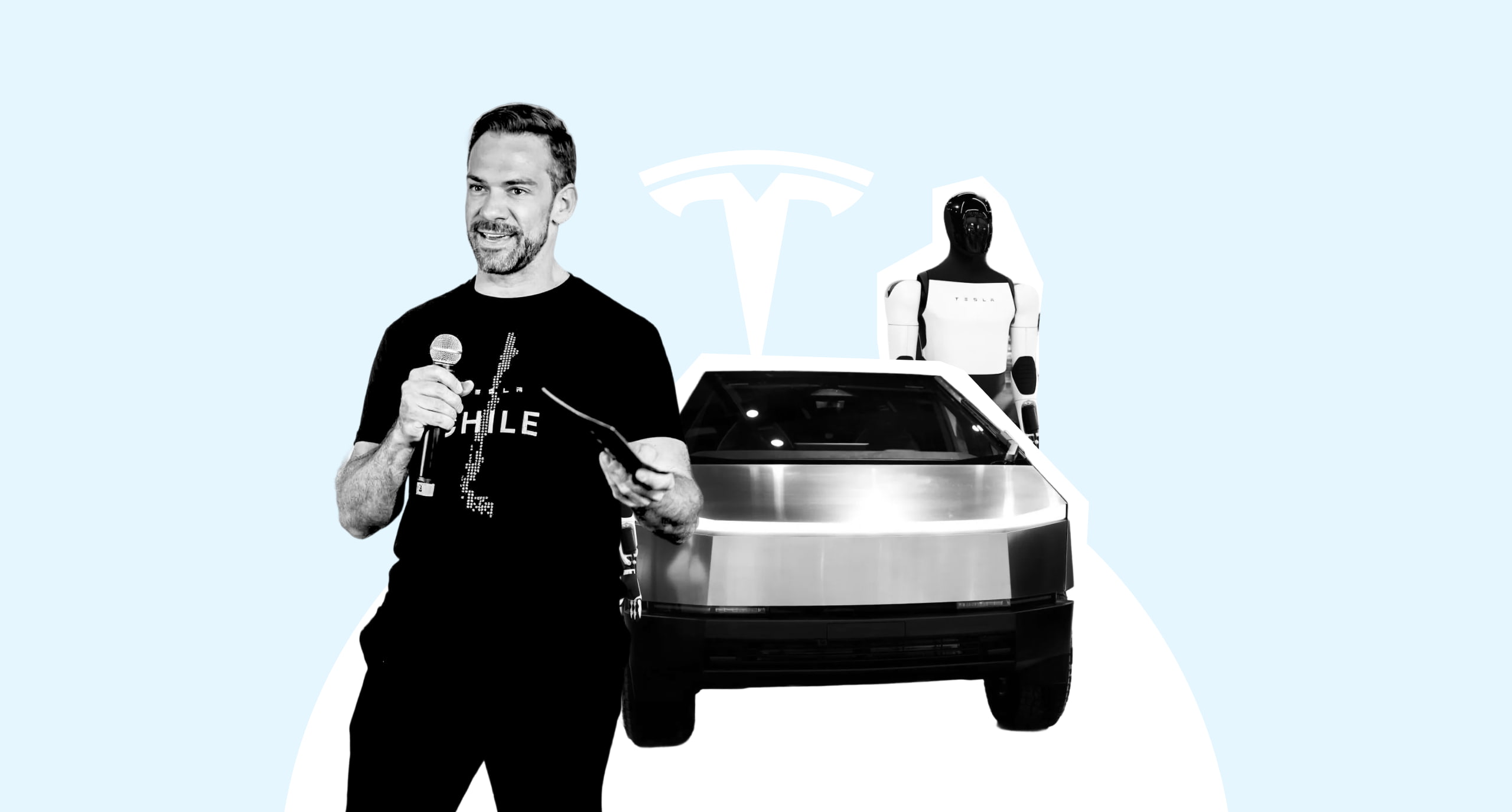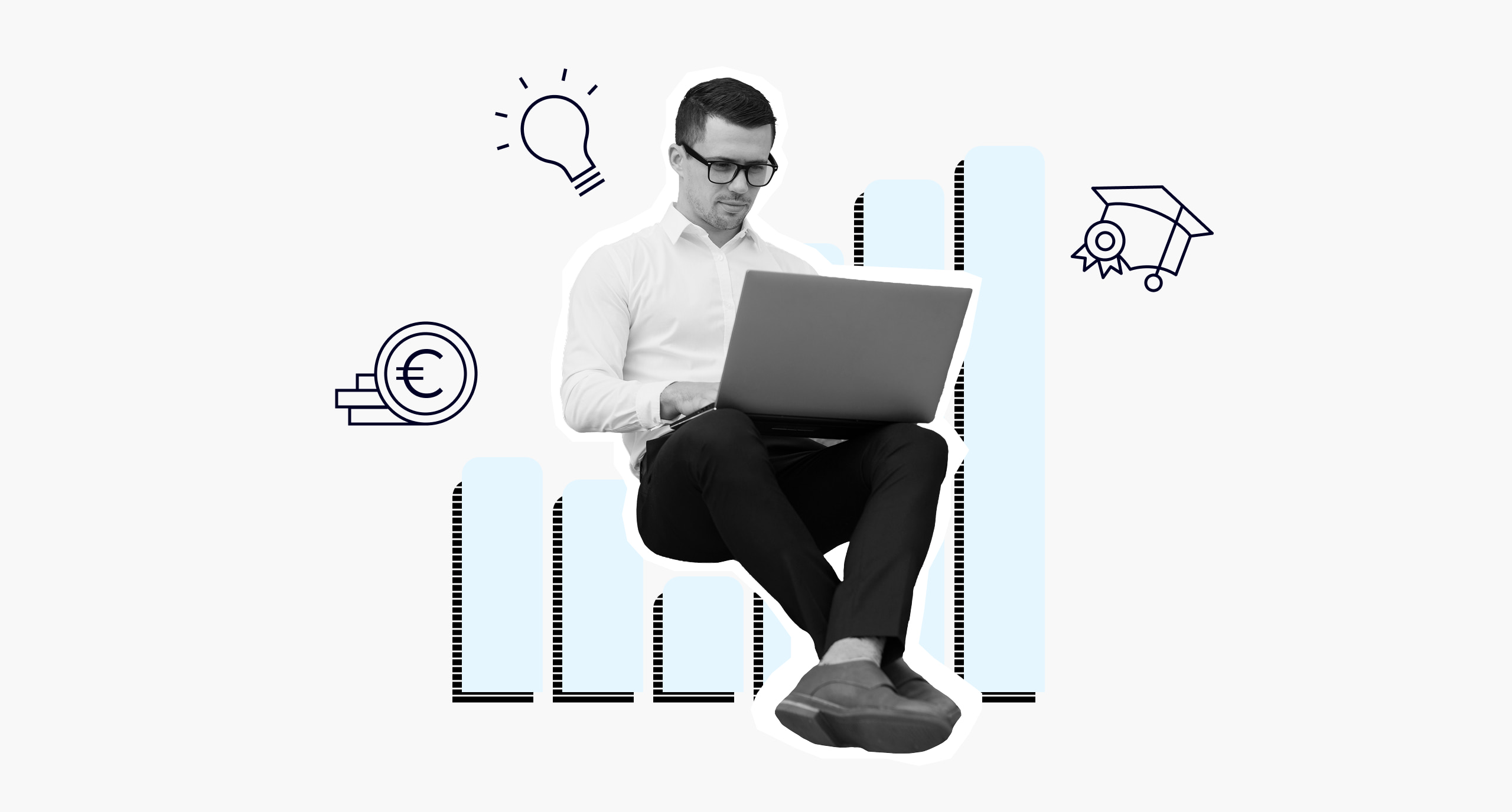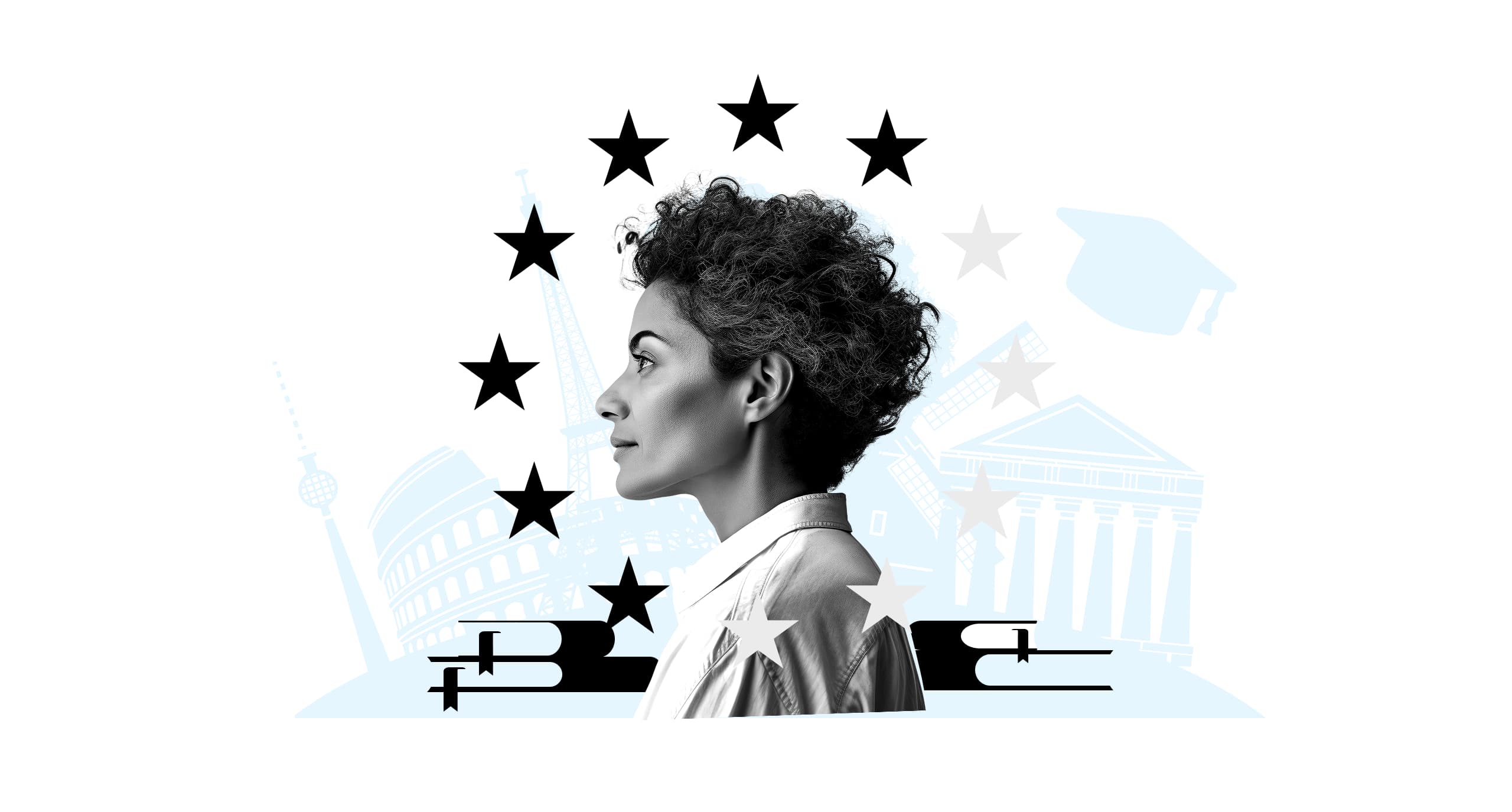From Nestlé and Coca-Cola to Unilever and L’Oréal, the fast-moving consumer goods (FMCG) industry is the invisible engine behind daily life. It’s what fills your fridge, stocks your bathroom shelf, and shapes what the world eats, drinks, and wears. The scale is staggering: billions of transactions every day, driven by brands that have turned habit into empire. But beneath the surface of these household names lies a dynamic business model – one that’s being reshaped by shifting consumer values, digital disruption, and the race toward sustainability.
Read on for concrete answers on FMCG meaning, use and examples backed by expert Jame Gutierrez – a professor on our Master in Market Research & Consumer Behavior – and start thinking about how you can make your mark on this dynamic area.
What is FMCG and what does it stand for?
Fast-moving consumer goods (FMCGs) are the world’s everyday essentials – low-cost products that sell quickly, generate high turnover, and rarely sit long on the shelf. Think of milk, toothpaste, shampoo, or soda: they’re inexpensive, indispensable, and constantly replaced.
These goods belong to the wider consumer packaged goods (CPG) sector, which includes everything from perishables to durable items. What separates FMCG is speed – fast production, faster consumption, and razor-thin margins offset by massive sales volumes. Giants like Procter & Gamble, Nestlé, Unilever, Coca-Cola, and PepsiCo have built global networks around that speed, fine-tuning logistics and psychology to meet the world’s everyday needs.
But this isn’t a static market. E-commerce, digital payments, and new sustainability expectations have forced the industry to evolve. Today’s consumers are health-conscious and eco-aware, demanding transparency and ethical sourcing. The result? FMCG leaders are reinventing packaging, investing in data analytics, and redesigning supply chains to align with values as much as volume.
The reason the sector endures is simple: it’s a mirror of modern life. Every purchase – from coffee pods to skincare – is a reflection of how we live, what we value, and how technology is redefining convenience.
What are the main categories within FMCG?
Fast-moving consumer goods dominate store aisles and online carts alike. They’re the rhythm of daily consumption: bought, used, replaced – again and again. Globally, FMCGs account for over half of consumer spending, divided across three broad categories: Food, Drinks, and Non-Food.
So, what are common examples of FMCG products? Let’s take a look below.
Food
Ambient and packaged foods – canned goods, cereals, snacks, sauces
Bakery and desserts – bread, pastries, ready-to-eat sweets
Dairy and chilled foods – milk, cheese, yogurt
Frozen foods and ready meals – pizza, vegetables, meal kits
Confectionery and snacks – chocolate, biscuits, crisps
Drinks
Soft drinks and juices – Coca-Cola, Fanta, Tropicana
Hot drinks – coffee, tea, cocoa
Alcoholic beverages – beer, wine, spirits
Functional drinks – energy, protein, and vitamin-based beverages
Non-Food
Health and beauty – shampoo, toothpaste, deodorant, makeup
Household and cleaning – detergents, disinfectants, air fresheners
Personal care and hygiene – soaps, skincare, sanitary products
Baby and pet care – diapers, wipes, pet food, grooming items
DIY and homeware – candles, cookware, small electronics
How is FMCG different from CPG?
The terms FMCG and CPG (consumer packaged goods) are often used interchangeably, but there’s an important difference. CPG is the umbrella term that covers all mass-produced goods designed for frequent use and easy replacement – everything from detergent to cosmetics. FMCG, meanwhile, is the heartbeat within it: the products that move fastest, sell most often, and shape our daily habits.
Where CPGs tend to have longer shelf lives and higher price points, FMCGs are all about immediacy. They’re perishable, affordable, and bought constantly – restocked weekly, sometimes daily. While CPGs focus on durability, FMCGs win through repetition. Packaging reflects that rhythm: compact, convenient, and optimized for fast consumption rather than long-term storage.
In other words, FMCG are always CPG, but not every CPG moves fast enough to earn the “F.” What makes the FMCG industry so powerful is its momentum – products that never stop circulating through homes, stores, and supply chains. In this world, success isn’t built on how long something lasts, but on how seamlessly it fits into the flow of everyday life.
Who are the top FMCG companies in the world?
The FMCG landscape is ruled by global titans that have mastered scale, trust, and logistics. Together, the top 40 FMCG companies generate over $1 trillion in annual revenue – a figure that reflects not just consumption, but cultural dominance.
Nestlé sits at the top with more than $93 billion in sales, leveraging an empire that spans coffee, confectionery, dairy, and nutrition. Procter & Gamble and PepsiCo follow closely, each crossing the $67 billion threshold with portfolios that define everyday life. Behind them are Unilever, AB InBev, Coca-Cola, L’Oréal, Tyson Foods, and British American Tobacco – proof that FMCG influence stretches from beauty to beverages, from household care to global cuisine.
And Nestlé’s partnership with Starbucks, PepsiCo’s expansion into SodaStream and healthy snacking, and Unilever’s acquisition of sustainable brands show how even the biggest players are chasing agility. Meanwhile, emerging leaders in Asia and Latin America are rising fast, combining local insight with global ambition.
What unites them all is adaptability. In a sector defined by speed, the real winners are those who move faster than consumer expectations – transforming everyday essentials into a continuous conversation between product, purpose, and progress.
Why is the Master in Market Research & Consumer Behavior essential for working in FMCG?
FMCG moves fast, and the players who shape it rely on one fuel: insight. The biggest brands in the world use consumer behavior to guide product design, supply chains, pricing and creative strategy. According to Jame Gutierrez, “FMCG, since it doesn’t work with sensitive, personal data, it makes things easier to try and test. At companies such as Ipsos, you have lots of historical data from FMCG companies. That allows you to very quickly create AI solutions.” As such, the FMCG industry reads cultural shifts early, spot risks before they land, and build offers that feel inevitable to the people they serve. That level of intelligence comes from disciplined research, strong analytics and a real understanding of how people think, choose and behave.
Companies are now searching for professionals who can turn that complexity into clarity.

People who can run rigorous research, decode motivations, and turn consumer signals into decisions that influence whole categories. That’s the value of the Master in Market Research & Consumer Behavior. This program built for those who want to work at that level. You’ll train in neuromarketing, analytics, psychology and strategy; build real experience through projects and global immersion; and gain the certifications and sector specialization that position you directly inside FMCG insight, analytics and innovation roles. We’re experts in business technology, which is going to be essential for professionals in the field. As Jame notes about AI technology in the FMCG industry, “It’s a good solution. It’s cheap, it’s fast, and it’s better than just making an uninformed decision.”
If your goal is to work in consumer goods and actually influence what gets made, launched and scaled, this program gives you the toolkit. It prepares you to understand markets with depth, shape strategy with confidence, and operate as the insight-driven professional every FMCG team is fighting to hire.
Work in the FMCG industry with IE Business School
Study the Master in Market Research & Consumer Behavior.

Benjamin is the editor of Uncover IE. His writing is featured in the LAMDA Verse and Prose Anthology Vol. 19, The Primer and Moonflake Press. Benjamin provided translation for “FalseStuff: La Muerte de las Musas”, winner of Best Theatre Show at the Max Awards 2024.
Benjamin was shortlisted for the Bristol Old Vic Open Sessions 2016 and the Alpine Fellowship Writing Prize 2023.






